o hey tyler
Been spending a lot of time on here!
- Joined
- Aug 3, 2009
- Messages
- 9,784
- Reaction score
- 2,727
- Location
- Maine
- Can others edit my Photos
- Photos NOT OK to edit
Most would probably say yes in any given situation...
However, this question is not "junk" related, it's about umbrellas.
I've been asked by my neighbor to do senior photos and a family photo for him and his oldest son. I say, "Wonderful! Time and place?" He says 'some time in the next few weeks when our schedule's don't conflict'.
Well, that's great. So I could be shooting outdoors at a forgiving time of day, or it could be during the harshest sunlight of the hour, who knows? So what I am thinking is, I should invest in an umbrella to assist in the lighting of the shots.
I have a 430EX II, and I will have a pair of Cactus transmitters by the time of the shoot. What I am wondering though, does the size of the umbrella and the output of the flash have a direct effect on the quality or direction of the light? Should I just get a larger umbrella for the future? Or should I start with a small one until I get a more robust flash unit?
I've been wanting to get into off camera lighting more, and now I will finally get my feet wet.
However, this question is not "junk" related, it's about umbrellas.
I've been asked by my neighbor to do senior photos and a family photo for him and his oldest son. I say, "Wonderful! Time and place?" He says 'some time in the next few weeks when our schedule's don't conflict'.
Well, that's great. So I could be shooting outdoors at a forgiving time of day, or it could be during the harshest sunlight of the hour, who knows? So what I am thinking is, I should invest in an umbrella to assist in the lighting of the shots.
I have a 430EX II, and I will have a pair of Cactus transmitters by the time of the shoot. What I am wondering though, does the size of the umbrella and the output of the flash have a direct effect on the quality or direction of the light? Should I just get a larger umbrella for the future? Or should I start with a small one until I get a more robust flash unit?
I've been wanting to get into off camera lighting more, and now I will finally get my feet wet.

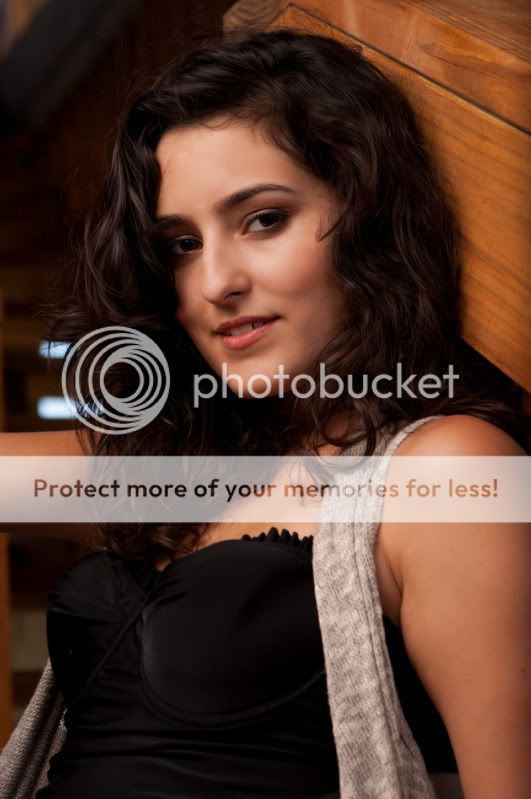
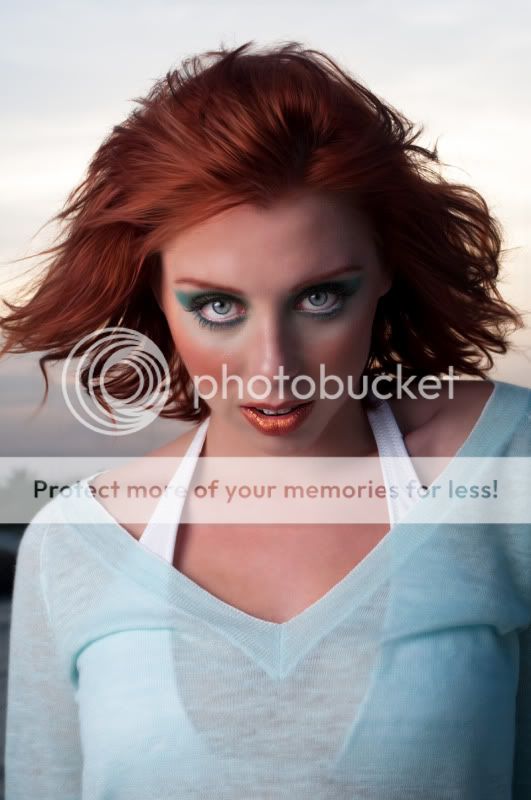
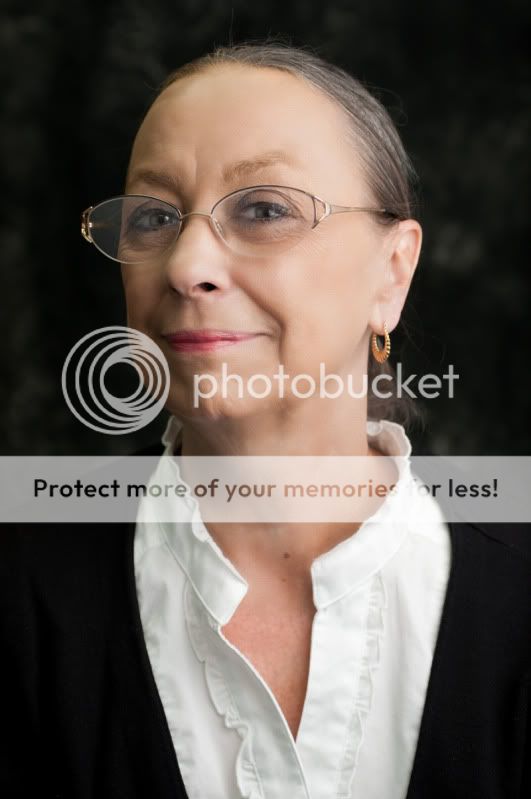
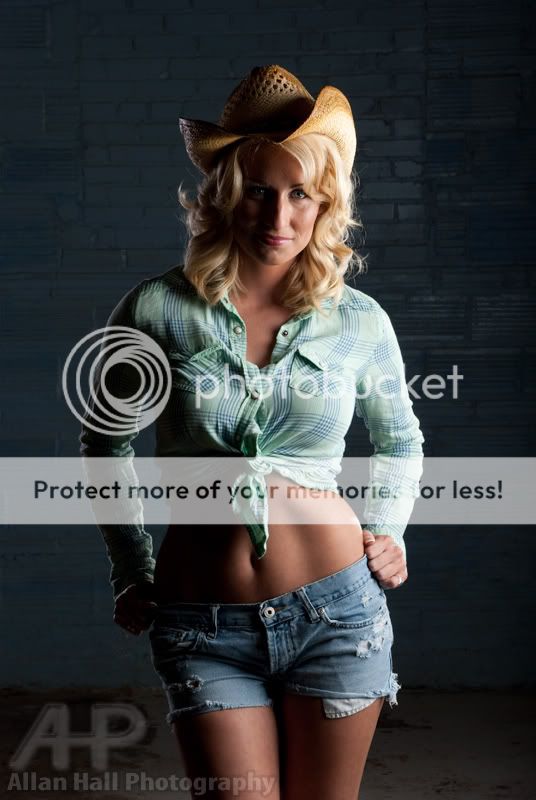

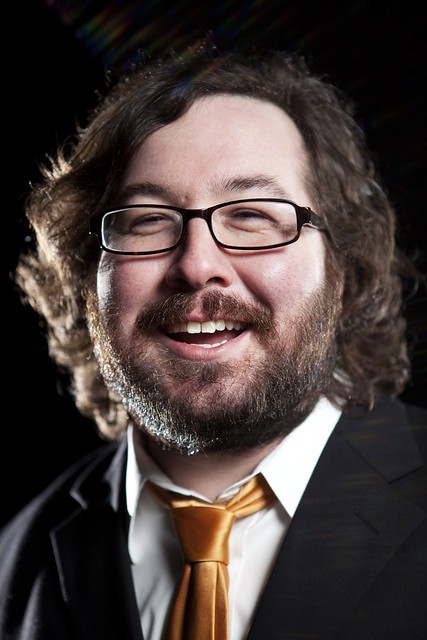



![[No title]](/data/xfmg/thumbnail/37/37093-76cde0d618a8f2748a7d7543d7b4f9ea.jpg?1734169827)


![[No title]](/data/xfmg/thumbnail/31/31014-6b1a572624824b852f5adaf3594767af.jpg?1734159093)

![[No title]](/data/xfmg/thumbnail/31/31015-dc3b950337aa798fec947c782fff2e35.jpg?1734159097)
![[No title]](/data/xfmg/thumbnail/37/37095-648a4e65f10e6fdeeb231be5ed8c3152.jpg?1734169827)

